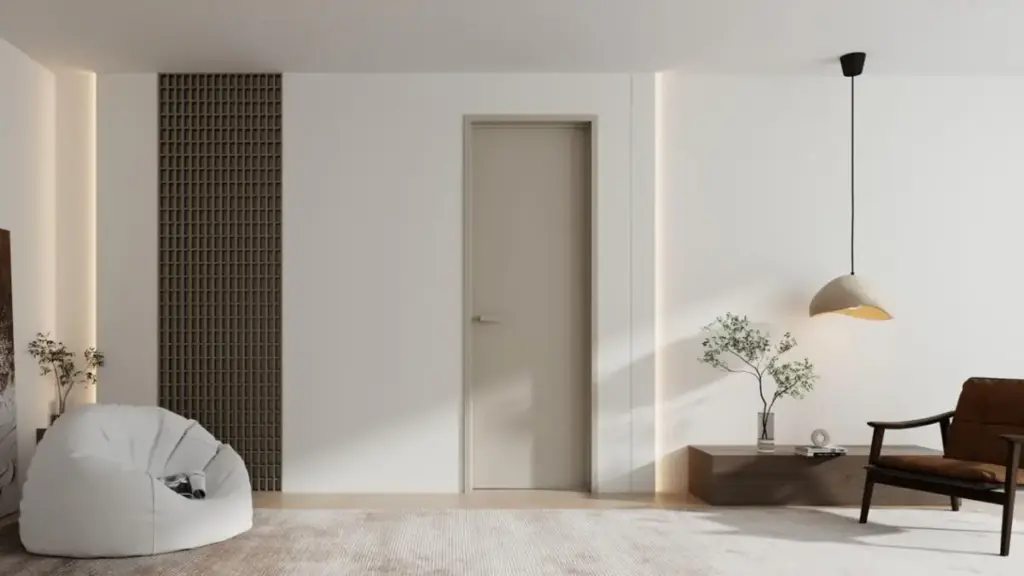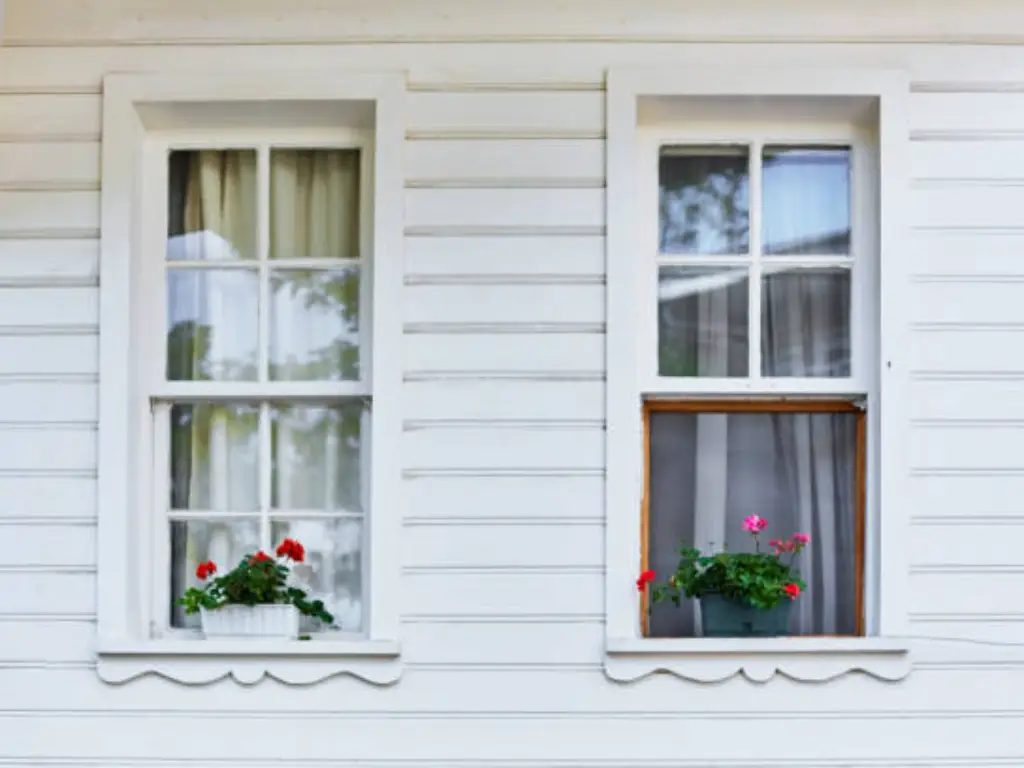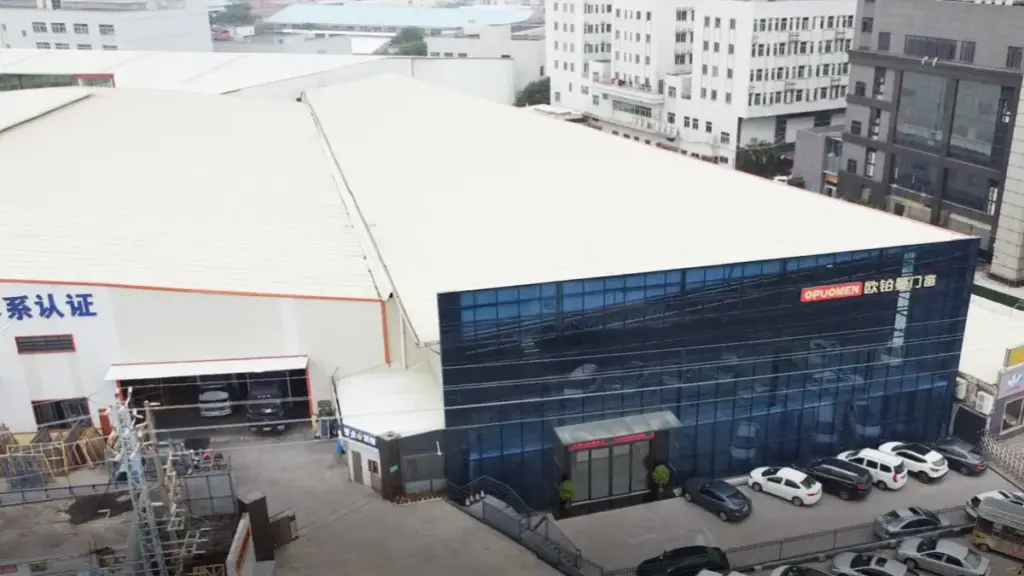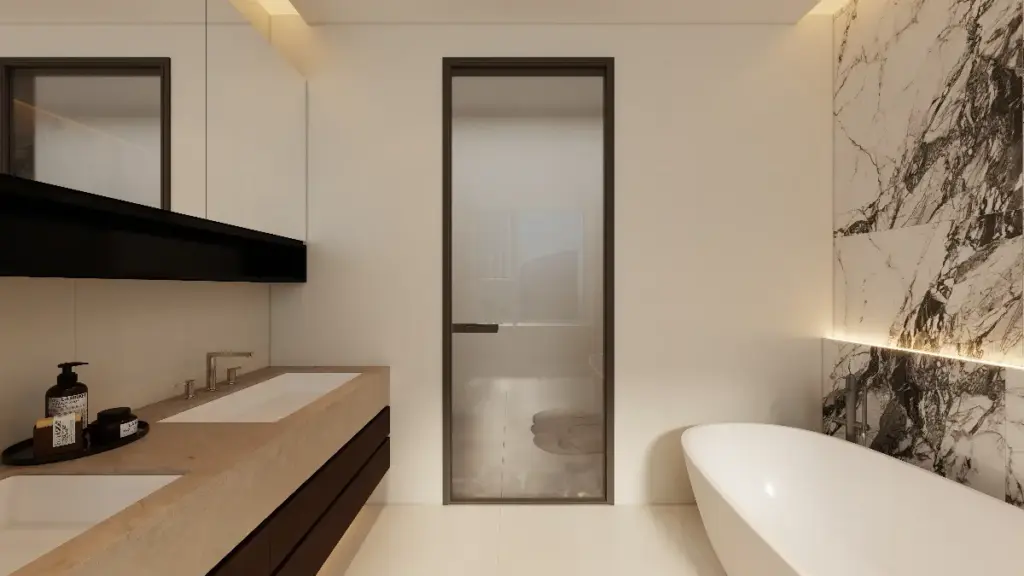접는 창문은 무엇입니까?? 설계, 기능성, and Core Mechanism
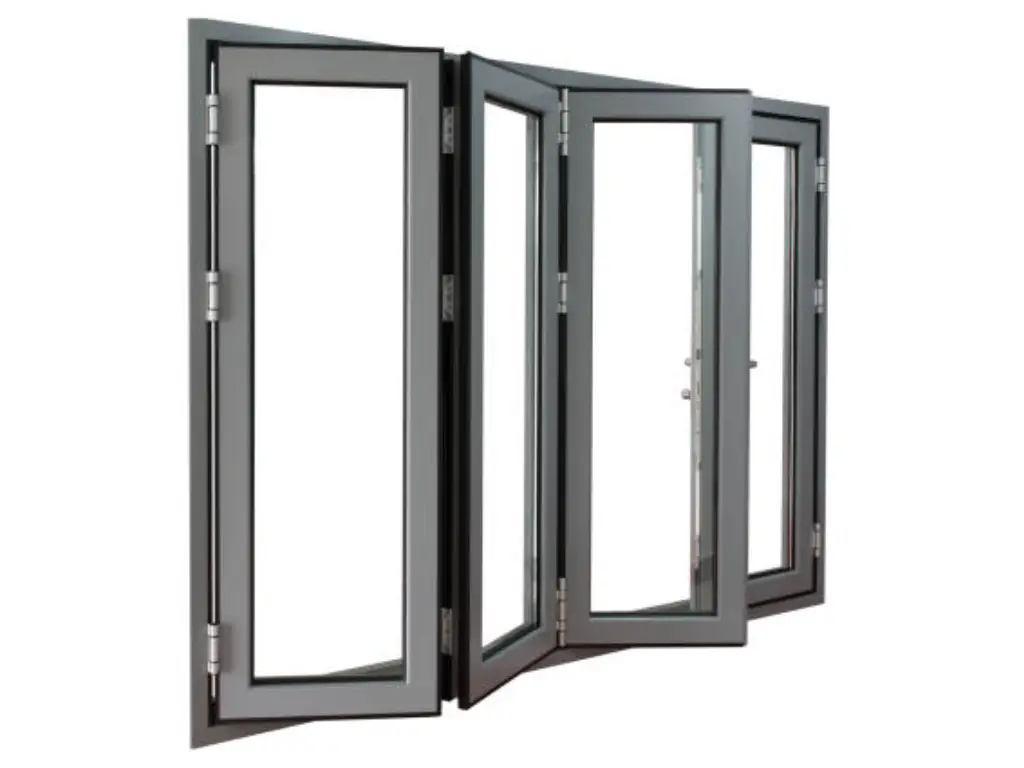
Folding windows, also known as bi-fold or accordion windows, are multi-panel window systems that open by folding and stacking each panel to one or both sides of an opening. Designed for maximum space utilization and unobstructed views, they are widely used in modern residential, 광고, and hospitality architecture. The primary appeal lies in their ability to create seamless indoor-outdoor transitions while maintaining excellent ventilation and natural lighting.
Structural Design: Top-Hung 그리고 Bottom-Rolling Systems
Folding windows operate on a series of hinged panels that fold and slide along a guided track. These panels are interconnected with high-strength hinges, allowing them to move in unison while maintaining alignment and stability. The system is typically supported in one of two ways:
- Top-hung systems, the entire panel weight is supported by an overhead beam, resulting in smoother operation and minimal friction on the track. This system requires robust structural support above the opening but offers superior drainage and a cleaner floor finish.
- Bottom-rolling systems shift the panel weight to the floor track, making them suitable for retrofits or openings without sufficient header support. Though slightly more prone to debris accumulation in the lower track, these systems are easier to install and often more cost-effective.
Both systems rely on precision-engineered hinges and rollers to ensure long-term durability and quiet, effortless movement.
Functional Mechanism and Key Components
Each panel is connected by durable hinges and guided by rollers along aluminum or stainless steel tracks. The system operates through a synchronized movement: when pulled, all panels slide and fold in a coordinated sequence. Multi-point locking systems ensure security and compression seals maintain airtightness.
Thermal breaks in aluminum frames, low-emissivity (로이(low-E)) 유리, and reinforced locking points enhance energy efficiency and long-term durability. The integrated drainage systems and flexible gaskets provide weather resistance, making folding windows not only visually dynamic but also technically reliable.
A full understanding of what is folding windows requires examining this balance between mechanical function and architectural flexibility—core to their growing popularity in performance-driven design.
Folding Window Configurations and Technical Considerations
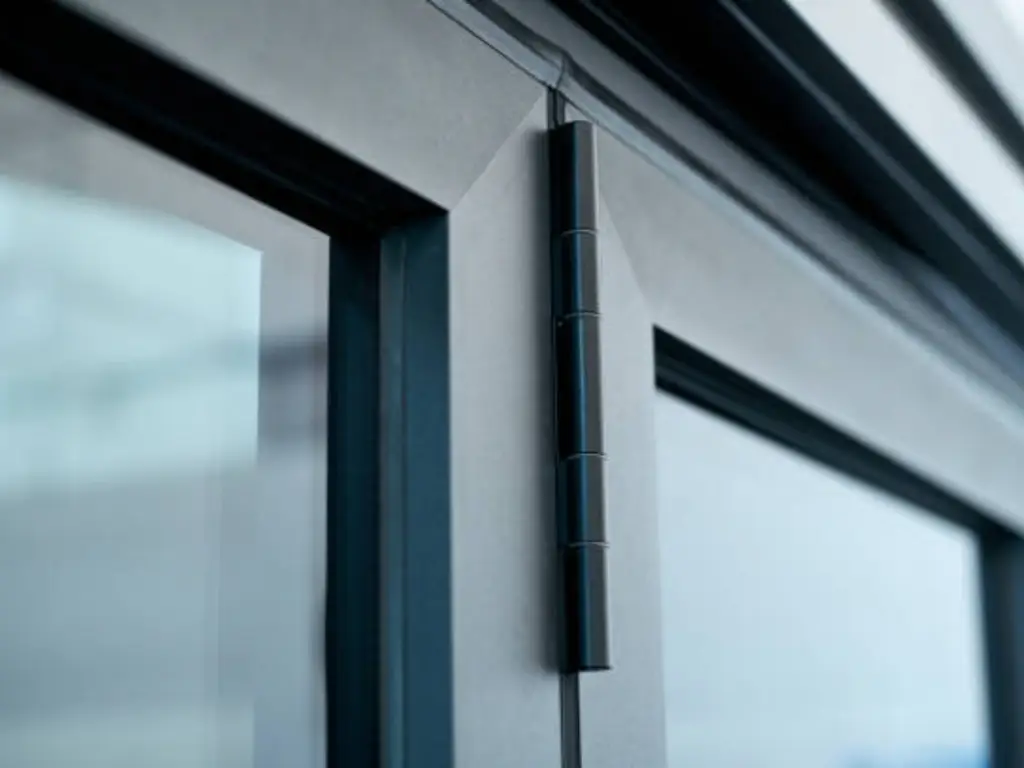
Opening Types and Panel Configurations
Folding windows are available in several configuration types, each suited to specific functional and aesthetic goals. Understanding these helps determine the system’s compatibility with space, ventilation needs, and architectural intent.
- Outward-Folding Systems
Outward-folding configurations are commonly used in exterior applications, particularly where interior space is limited. Panels fold toward the outdoor side of the opening, making them ideal for kitchens, 안뜰, or pass-through counters. They provide excellent airflow and eliminate interference with interior furniture or space.
- Inward-Folding Systems
Inward-folding types operate in the reverse direction, stacking the panels inside the structure. This setup is preferable in locations where outdoor space is limited or when privacy and security during open-window operation are priorities. 하지만, they require sufficient interior clearance to operate smoothly.
- Center-Fold (Bi-parting) Configurations
In this setup, panels divide equally and fold toward both ends of the opening, providing a symmetrical appearance. Center-fold systems are ideal for large openings like living room walls or commercial storefronts. They distribute the structural load evenly and create a dramatic, full-width opening when all panels are stacked.
- Corner Folding Systems
For architectural designs featuring a 90-degree corner opening, corner-fold systems allow the glass walls to retract from both sides, eliminating the post in the middle. This configuration maximizes visibility and creates a seamless indoor-outdoor transition. It is commonly used in luxury residences, resorts, and panoramic lounges.
Frame and Glass Material Options
- Aluminum Frames
Aluminum is the most widely used material for folding window frames due to its strength-to-weight ratio and resistance to corrosion. Thermally broken aluminum systems enhance insulation by incorporating a barrier between inner and outer frame sections. Visually, aluminum allows for slim profiles and larger glazed areas, contributing to a modern, minimal look.
- Wood-Clad or Composite Frames
Wood-clad frames combine the warmth and character of natural wood on the interior with aluminum or fiberglass exteriors for weather resistance. These hybrid frames offer excellent thermal performance, especially in cold climates, and are often used in upscale residential projects.
- uPVC Frames
Unplasticized polyvinyl chloride (UPVC) is a low-maintenance, cost-effective option. While not as strong as aluminum, uPVC offers reasonable durability and good thermal efficiency. 하지만, color limitations and structural flexibility make it less suited to oversized or high-traffic openings.
- 유리 옵션
Glazing options typically include double-glazed, 로이(low-E) (low emissivity), or laminated safety glass. Low-E coatings help regulate solar heat gain, while laminated glass adds security and noise reduction—both critical in energy-conscious and urban environments.
Air-Tightness, Thermal, and Impact Ratings
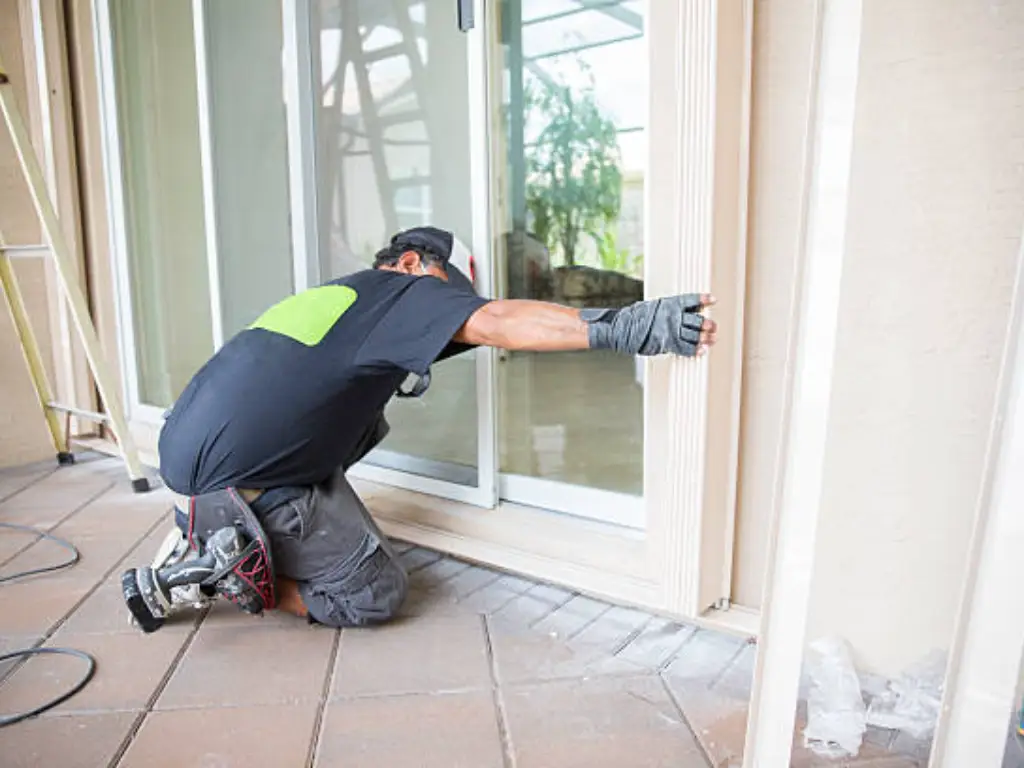
Beyond appearance and function, folding windows must deliver measurable performance in weather resistance and energy control. Air-tightness is often tested under standards like ASTM E283, where leakage is measured under pressure. High air-tightness contributes directly to thermal comfort and HVAC efficiency.
Thermal performance is quantified through U-factor and SHGC (Solar Heat Gain Coefficient), both of which are evaluated by certified bodies like the NFRC. Frames with thermal breaks and argon-filled double-glazing significantly reduce heat transfer. In coastal or hurricane-prone zones, impact ratings become essential.
Compliance with Energy and Building Codes
Folding windows must conform to both national and regional regulations. In the U.S., states like California require compliance with Title 24, which governs energy efficiency for windows based on U-values and SHGC.
In the European market, CE certification under EN 14351-1 ensures that the product meets basic performance and safety standards, including resistance to wind load, water penetration, and thermal transmittance.
Understanding these configurations and technical metrics is crucial to fully grasp what is folding windows, as the choice goes far beyond aesthetics—it determines the system’s structural integrity, environmental performance, and code compliance.
Folding Windows vs. Other Window Systems: A Comparative Overview
| 특징 | 접는 창 | 슬라이딩 창 | 케이스 윈도우 |
| Opening Area | Up to 90–100% | Limited to 50% | Varies by hinge size |
| Space Requirement | Requires folding clearance | Minimal | Requires outward/inward swing |
| Airflow and Ventilation | 훌륭한 | 보통의 | 좋은 |
| 유지 | 보통의 (more moving parts) | 낮은 | Low to moderate |
| 비용 | Higher | 보통의 | Lower |
| Aesthetic Impact | High – modern, minimal | Neutral | Traditional look |
| 사용자 정의 옵션 | Extensive | Limited | 보통의 |
This comparison illustrates why architects and homeowners looking for maximum openness, seamless indoor-outdoor transitions, and high-end aesthetics often choose folding windows over other systems.
Real-World Applications and Benefits of Folding Windows

Folding windows are increasingly integrated into both residential and commercial architecture, offering functional and aesthetic advantages tailored to specific environments. Below are key applications and the unique benefits they provide in each scenario:
- Kitchen Pass-Throughs
In residential homes and cafes, folding windows create seamless pass-throughs between kitchens and outdoor dining areas. They enhance ventilation, enable direct serving, and eliminate barriers, transforming confined kitchens into interactive spaces.
- Balconies and Patios
When used in balconies or patio openings, folding windows maximize daylight and airflow while maintaining security when closed. The system offers uninterrupted views and allows occupants to fully open the façade, enhancing indoor-outdoor living experiences.
- Retail Storefronts
상업적인 환경에서, folding windows function as dynamic retail façades. Businesses benefit from high customer visibility and easy access during open hours, while still securing the premises after closing. This flexibility supports seasonal display changes and foot traffic flow.
- Poolside Enclosures and Sunrooms
Folding windows are ideal for enclosing pool areas or sunrooms, offering natural ventilation and moisture resistance. 개봉 시, the space transforms into an open-air lounge; when closed, it maintains climate control and safety.
- Hospitality and Event Venues
In restaurants, 호텔, and event venues, folding windows help reconfigure spaces quickly—opening up banquet halls, 바, or lounges for airflow, access, or aesthetic effect. They contribute to a flexible layout and elevated guest experience.
Additional benefits include enhanced natural lighting, 소음 단열재 (especially with laminated glass), and improved energy efficiency through thermally broken frames and low-E glass. For both homeowners and businesses, folding windows deliver adaptable space planning with high architectural value—making them a smart investment in form and function.
Key Considerations When Choosing Folding Windows
Budget and Cost
Folding windows are typically more expensive than conventional systems due to the complexity of their hardware and engineering. Expect pricing to vary based on:
- Frame material and finish
- Number of panels and opening width
- Glass specifications
- Brand and certification level
Maintenance and Lifespan
High-quality folding windows can last 20–30 years if properly maintained. Key maintenance areas include:
- Cleaning and lubricating tracks and rollers
- Inspecting gaskets and seals
- Periodic hardware adjustments
Look for products with stainless steel components, anodized finishes, and UV-resistant seals for longer service life.
Customization Options and Regulatory Compliance
- Panel counts to match opening width
- Color coatings for aesthetic integration
- Glazing packages for sound, impact, 열 성능
- Compliance with local codes, such as hurricane impact ratings or energy efficiency mandates
In summary, folding windows represent an advanced window system that combines structural engineering with design sophistication. Whether you’re a homeowner, 건축가, or builder, knowing what is folding windows equips you to leverage its benefits for performance-driven spaces.
OPUOMEN offers high-quality, customizable windows with CE, ISO, and RoHS certifications. Their one-stop custom solutions are designed to meet diverse architectural and regulatory needs with precision and reliability.
탐구하다 opuo’s folding window systems today to elevate your project with performance, 디자인 유연성, and certified quality.


